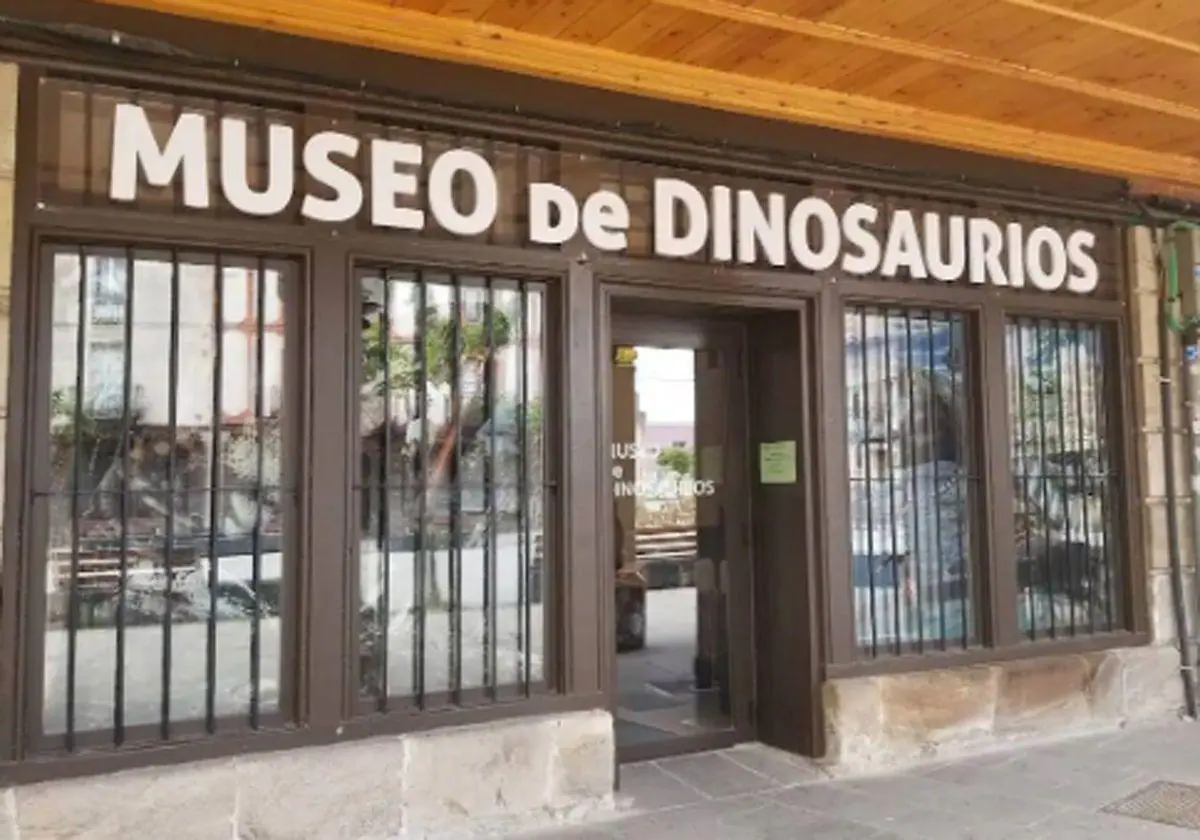In the city, immersed in day-to-day life, we tend to put aside the fact that we are invaders of a place where the first Xalapeños are in constant danger: it is about the flora and fauna that arrived long before us and that thanks to them we can exist.
César Carvajal Hernández, researcher at the Institute of Biological Research of the Universidad Veracruzana (UV), indicates that it is those first Xalapeños who provide us with vital environmental services, and that, despite the current conditions of pollution and depredation, they give us more than we would expect.
Read more: Science: are you scared by some things? There are explanations
As part of the multidisciplinary research project where experts from the UV and El Colegio de Veracruz participate, called “Socio-ecological functionality of neotropical green areas in Xalapa”, Carvajal Hernández is in charge of analyzing the role of plants, specifically epiphytes, as indicators that an environment is healthy or deteriorated.
The research is carried out in specific areas of the city: the Usbi, the Natura park, the Martinique, the Clavijero park and The Hague, and the objective is to determine the structure of the green areas and that are used by the animals that live there .
What are epiphytes?
Carvajal Hernández explains that uAn epiphytic plant is one that lives on other plants, such as ferns, orchids, and bromeliads. Which, he indicates, we are fortunate to see in Xalapa.
“These plants, living in very restricted conditions, because in theory they do not have the same resources as those that live in the soil, where there is more water and nutrients, they have to manage with the few resources that come to survive. That’s why when conditions change they disappear ”, he explains.
The researcher tells us that epiphytic plants work as microclimate regulators, retain water and serve as resources for other organisms.
He adds that if in a green area “there are epiphytic plants that may indicate that microclimatically the place is fine, that it is ensuring conditions for this type of species to arrive.”
It is abundant that in Xalapa we have the mesophilic mountain forest, that it is a very diverse ecosystem, “but all its richness is related to very specific environmental conditions; and we have seen that when the environment changes, many of these species of epiphytes, which are very sensitive, also die ”.
“In the mesophilic forest when there is a disturbance, the temperature increases by one degree centigrade and the humidity decreases by 30 to 40 percent, and the light enters more directly, and these conditions cause the loss of 60 to 70 percent of the richness of the fern species, that many of these are epiphytic plants and these are the groups that we are using as indicators, starting from the premise that if we have a forest in good condition, we will find many of these species that are indicators, if they are not found, it means that our green areas are in a process of deterioration “, indicates the UV researcher.
Environmental services
Carvajal Hernández points out that there are many myths around epiphytic plants, such as that they are flat parasites of the trees and they harm them, but no, because the trees serve as their support, without modifying them, making them sick or robbing them of nutrients.
In a single tree you can have up to 30 species of epiphytic plants and there are other plants that are associated with them and are also dependent on a large number of insects.
“We hope to show that urban green areas are an important refuge for biodiversity, not only for animals, but also for plants. It is not only about the epiphytes, but about the great diversity of trees that we have, primary and secondary, and other large ones that are remnants of what used to be here ”, he explains.
It is a question, the researcher abounds, that green areas serve as a reservoir of biodiversity, and these in turn are fulfilling very important ecosystem functions, such as feeding fauna, capturing carbon, capturing water and regulating microclimate.
“Despite all the problems and pressures that humans are putting on green areas, they continue, with their kind resilience, struggling to survive and performing the functions that they would do in a forest. This army of biodiversity that we have in the cities does what it can with what it has, and that is what we want to see in the research, how much it is contributing in environmental services ”, he says.
The doctor indicates that epiphytes face predation, because there are people who enter green areas and take them away to sell them as ornaments, They are also affected by climate change, because many of them are very sensitive to changes in temperature and finally the disturbance of their habitat, usually due to deforestation or change in land use.
The researcher calls not to fear nature, not to predate it and to acquire plants and flowers from nurseries or UMAS and not from the street, where they usually come from looting.
“What one hopes is that people respect green areas, but what we see is that there is a fear of them, because it is thought that it is a nest of vermin or harmful animals, but without thinking about all the services they provide us. We must have respect for nature and for this we must know it, know what they do for us, for the whole environment ”, he concludes.




